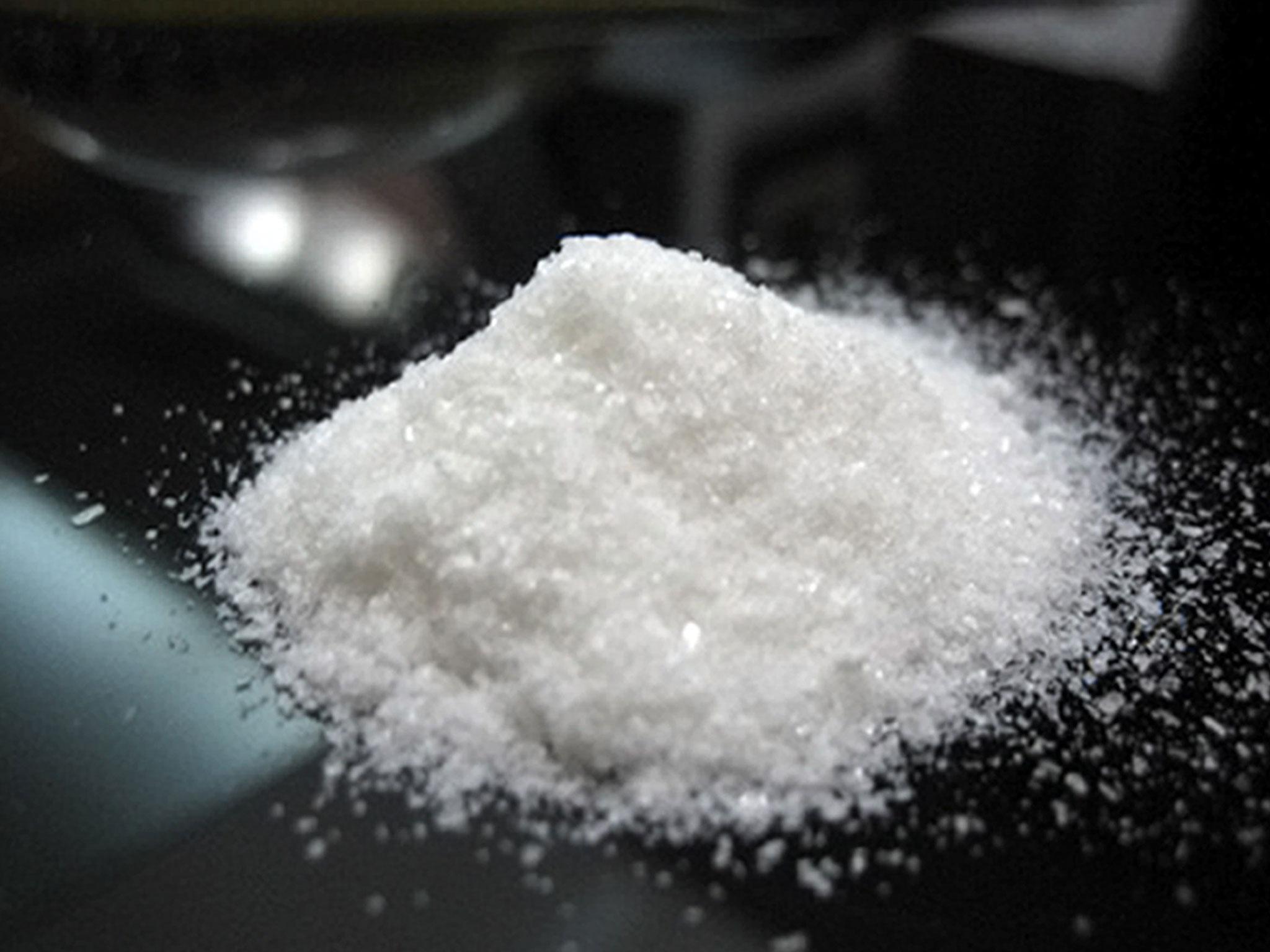The rise in ‘legal highs’: this generation’s drugs are truly lethal
As they are increasingly sold at petrol stations and shops, young people are equating “legal” with safe

Your support helps us to tell the story
From reproductive rights to climate change to Big Tech, The Independent is on the ground when the story is developing. Whether it's investigating the financials of Elon Musk's pro-Trump PAC or producing our latest documentary, 'The A Word', which shines a light on the American women fighting for reproductive rights, we know how important it is to parse out the facts from the messaging.
At such a critical moment in US history, we need reporters on the ground. Your donation allows us to keep sending journalists to speak to both sides of the story.
The Independent is trusted by Americans across the entire political spectrum. And unlike many other quality news outlets, we choose not to lock Americans out of our reporting and analysis with paywalls. We believe quality journalism should be available to everyone, paid for by those who can afford it.
Your support makes all the difference.It was 3am, and I was queuing for the toilet at a house party in Nottingham. Suddenly, from the floor above, there was a commotion, and down the stairs descended two distressed men carrying a woman having a seizure. The look on her face was something I’ll never forget: contorted, eyes rolling and silently screaming, while her body was simultaneously rigid and convulsing. It was like her brain was on fire. Many said she had taken several grams of mephedrone.
Now illegal, mephedrone is one of many “new psychoactive substances” previously known as ‘legal highs’ which have appeared on the drug landscape in recent years. According to the European Monitoring Centre on Drugs and Drug Addiction, there are at least 300 new psychoactive substances on the market, and 73 new substances were recorded in 2012 alone. Deaths have correlated with the number of new drugs: UK fatalities from ‘legal highs’ including mephedrone rose from 29 in 2011 to 52 in 2012, the most recent year accurate data is available.
Yesterday the charity DrugScope found that ‘legal highs’ are becoming increasingly sold over the counter at petrol stations and shops. School children and younger teenagers are buying synthetic cannabis and stimulants while mephedrone-type powders are popular with students and older teens, but what unites both these age groups is that, lacking more cogent advice, they equate “legal” with safe.
In short, the current UK drug scene is a mess, and while policy-makers and law-enforcers lumber after the criminalisation of the latest concoction on the market, the drug synthesisers are always one molecule ahead. But whereas the mass media were excessively hysterical over the ecstasy deaths of the 1990s - Leah Betts was killed by water intoxication, not ecstasy overdose – the hyper-vigilance that characterises the British press is lacking at a time when it is most needed.
During the opening weekend of Manchester’s The Warehouse Project – arguably this decade’s Haçienda – in September, one person died and 15 others were taken ill, all from suspected para-methoxyamphetamine (PMA) poisoning. This potent drug causes overdose more easily than the MDMA it is often mistaken for by causing a rise in the body’s temperature and a delayed “up”, meaning the user takes a much higher dose than their body needs. PMA too has seen its fair share of new deaths, up from one in 2011 to 20 in 2012.
Compared to ecstasy deaths of the nineties and naughties (averaging at around 20 a year at their peak), the combined deaths of PMA, legal highs and now-illegal highs are cause for serious concern. Martin Barnes, DrugScope’s chief executive, says that “back in the early 1990s when ecstasy was at the height of its popularity among young people on the club/rave scene, there was a body of public health knowledge that would have helped protect people and probably saved lives. Much of that knowledge…is less known to many of the current generation of club and festival goers. We need to find ways of reminding young people about this type of information, not only in relation to ecstasy, but also to the many other new drugs now available."
Although the age gap between my peers and the current 17-year-olds experimenting with class A’s for the first time is only five years, the drug scene has changed irrevocably, and is evolving at an exponential rate. Gone are the reasonably-pure ecstasy tablets, MDMA and cocaine with which, on the whole, you knew what you were getting. In their place are pills obtained from faceless online dealers and powders with “not for human consumption” aliases. Whereas previously it may have been foolish to take drugs, now it is roulette.
Drug developers are making fatal narcotics because they know punters will buy them, and for the same price as safer ones. Complacency, from a generation who didn’t need to care so much, has been passed down to younger users who really should.
Regardless of whether it’s school children buying colourfully-labelled herbal highs, students on psychoactive stimulants or clubbers in their twenties and thirties being poisoned by PMA, the government needs to get real on the effect drugs are having on young people. The internet is here to stay, along with its hydra-tentacled drug developers, so targeted education and more intelligent criminalisation need to step up a gear. One more death is one too many.
Join our commenting forum
Join thought-provoking conversations, follow other Independent readers and see their replies
Comments